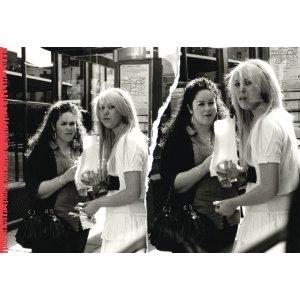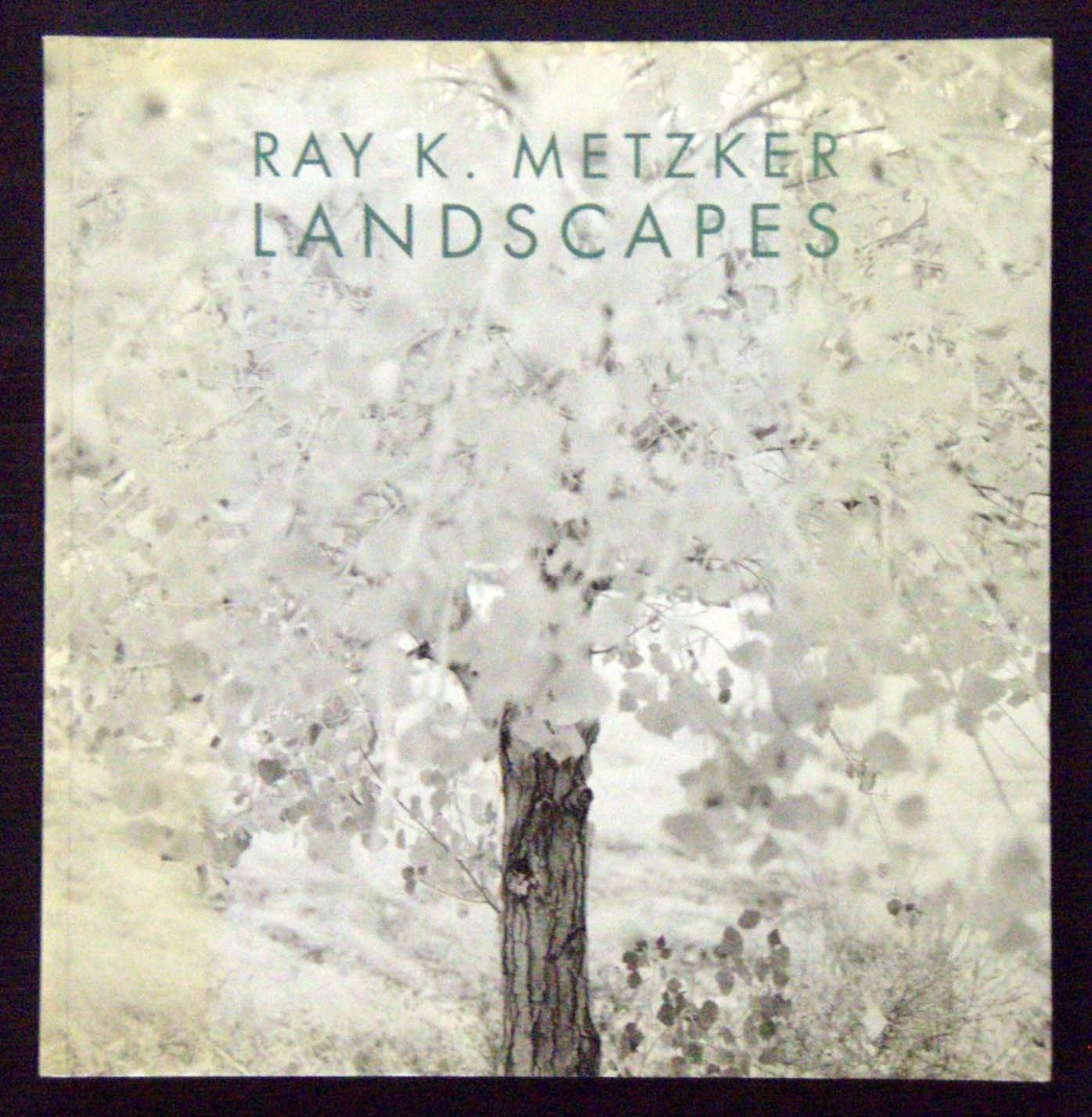The Seconds Pass

There is a scribble of asphalt and meandering ribbons of concrete tangled all over North America in a contiguous line of material that connects each of us to whomever else is also in contact. I sometimes marvel at this, walking from my front door and standing on the asphalt looking down at its grimy blackness, wishing I could rest my ear down on it and hear everything like the Indians in an old western film. The pavement I m standing on is connected to other pavement, concrete, or steel to almost anywhere I can think of. Certainly everywhere you can drive to. Someone in Burnt Church, Tennessee is standing on gravel that is connected by touch to my street, just like someone is in Halifax, Nova Scotia. I can be in New York City in 3 days from my home in the suburban sprawl of Orange County, California without ever touching the earth. The Seconds Pass… …was the starting line of an old friend s poem. The line was the seconds pass / like hands thru glass. I always loved those lines. In my head I always replaced hands with eyes. It puts a name on those moments when you stare into space, lapsing into a daydream, and the world is just spinning by. Sometimes I step out of those moments, only a little, just enough to think in my head those words the seconds pass. Like an inner tick-tock, taking note that everything is slipping away, especially time. In America the automobile is omnipresent, and in Southern California cars are life-blood. You are always in a car here. I came to driving late, not getting my license until I was 18. Before that I had my girlfriend, Deanna to chauffeur me around. As a young skateboarder, I used cars to explore every last tendril of road I could find in search of skate spots and experienced much of my adolescent sex-life and adventures inside of a car. I like when I hear someone on the television call a busy street a major artery, like the roads are veins bringing life to the far reaches, with most of humanity lurking within reach of that life-giving connectivity. The tips of your toes are Fairbanks, the capillaries the Dalton Highway. For the preceding 22 years I have been a passenger all over the world, shooting pictures through the glass at those ephemeral winks, those trifles and curios that one races past, never enough time to stop. And what better social study is there than driving and looking? It s like taking a core sample from the social fabric, each layer exposing a new understanding of truth. My drive to Los Angeles takes me through streets lined with strip malls anchored with liquor stores and bail bond sellers, Colt 45 billboard sails, and 99-cent stores with brighter-than-daylight fluorescent lighting. Five minutes later I am passing high-end hipster sneaker shops and women in short dresses flittering about with a payload of shopping bags. A group of bearded Jewish men huddle on a corner in black suits and hats. You can look through the window right next to you at a person immersed in the enclosed world of their car, and secretly watch them live, rock out to music, talk on the phone, put on make-up or sit at a red light with thoughts elsewhere. The way people act depending on their various trips as they walk down the sidewalk or wait at a bench. The continuous remorseless traffic – each car bound for some purpose, going somewhere for some reason, all day long 24 hours a day in every city of the world. The section of street you happen to be on, the block, the intersection is a microcosm for all of humanity. All of this just rolls out perpetually in front you as you roll by the man-made scenery, colors, words, all coming into focus then fading back onto the horizon.
Hay existencias





